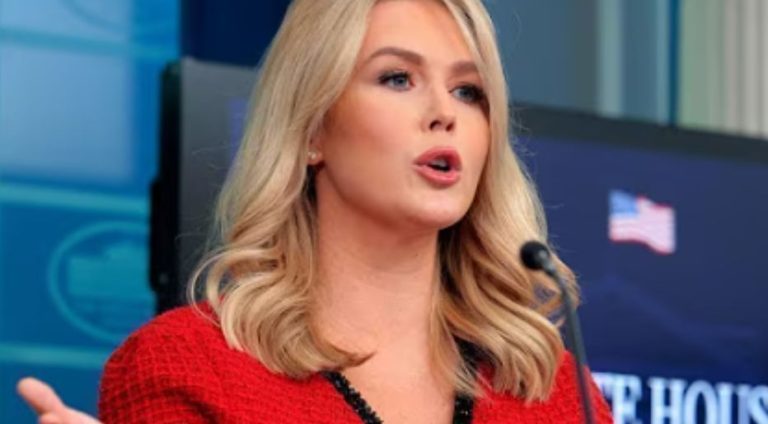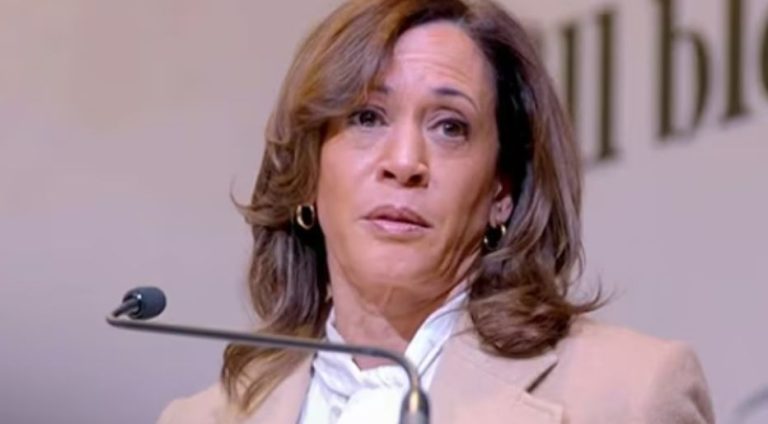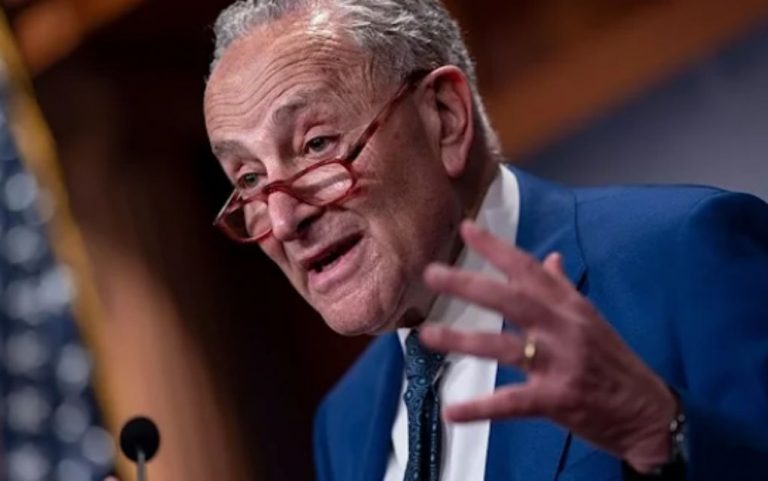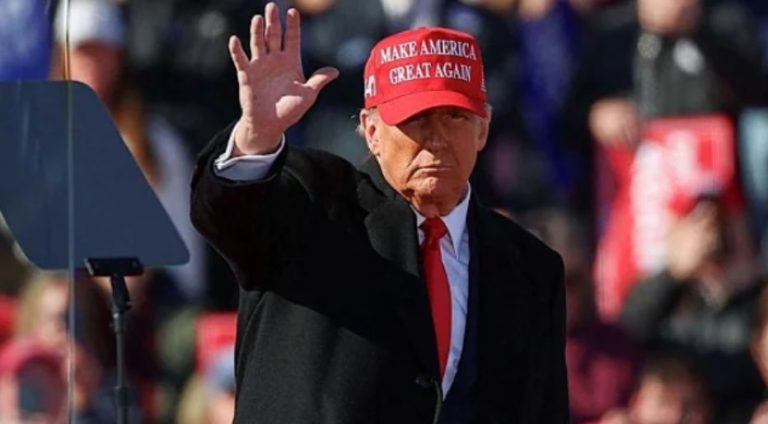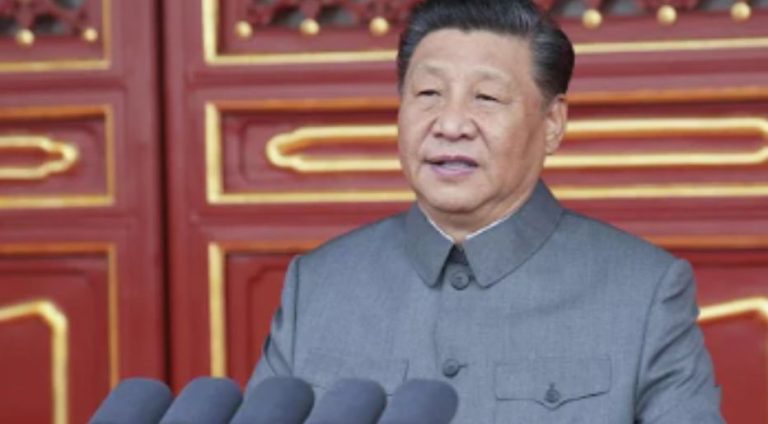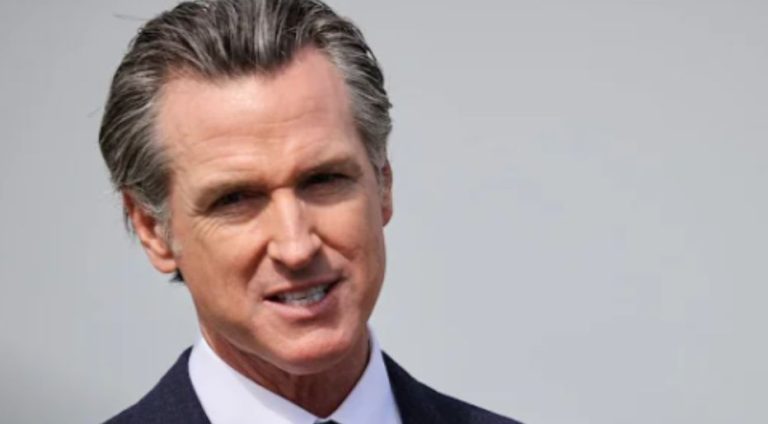Kimmel has been under fire for his heartless comments about Charlie Kirk. Now he’s playing the victim.
And Jimmy Kimmel got behind the microphone and started crying.
Kimmel Revives Grievances Over Hiatus
Late-night comedian Jimmy Kimmel revisited his short-lived TV suspension on Wednesday at the Bloomberg Screentime gathering, accusing conservative outlets of deliberately twisting his remarks on the assassination of Charlie Kirk.
The 57-year-old entertainer recounted his response to the incident during the event.
“I didn’t think there was a big problem,” Kimmel said of his initial take on Kirk’s killing. “I just saw it as distortion on the part of some of the right-wing media networks, and I aimed to correct it.”
Bloomberg’s Lucas Shaw suggested Kimmel’s statements faced misrepresentation, prompting agreement from the host.
“It was intentionally and I think maliciously mischaracterized,” Kimmel replied.
Kimmel elaborated that he believed his career was over during the fallout, telling Variety he confided to his wife, “That’s it. It’s over,” as Disney halted production and affiliates balked at airing episodes.
Backlash from Kirk Assassination Comments
Kimmel drew intense scrutiny last month after declaring “the MAGA gang” was “trying to characterize this kid who murdered Charlie Kirk as anything other than one of them and doing everything they can to score political points from it.”
The remark prompted a suspension of his program, igniting widespread condemnation from Hollywood figures and free speech advocates who viewed it as Trump administration overreach. The break spanned under seven days, after which Kimmel returned with an emotional segment skirting a full retraction.
“It was never my intention to make light of the murder of a young man,” Kimmel stated, referencing his prior words on Kirk. “I don’t think there’s anything funny about it … nor was it my intention to blame any specific group for what was the actions … of an obviously deeply disturbed individual. That was really the opposite of the point I was trying to make. But I understand that to some, that felt either ill-timed or unclear, or maybe both, and to those who think I did point a finger, I get why you’re upset.”
Critics, including those at the New York Post, blasted Kimmel for doubling down at the Bloomberg event, calling his stance “reprehensible” amid ongoing debates over late-night bias.
Return Episode and Shifting Views
Kimmel told Bloomberg his post-hiatus broadcast “probably went as well as it could go.”
The host once implied the Trump team orchestrated his time off but shifted tone in the interview, expressing eagerness for a guest spot—despite earlier claims of “pressure” from the administration that nearly ended his show, as reported by the Los Angeles Times.
Kimmel’s reentry show posted strong viewership—though the surge quickly faded, with some outlets framing the saga as a broader caution on censorship in a polarized media landscape.




